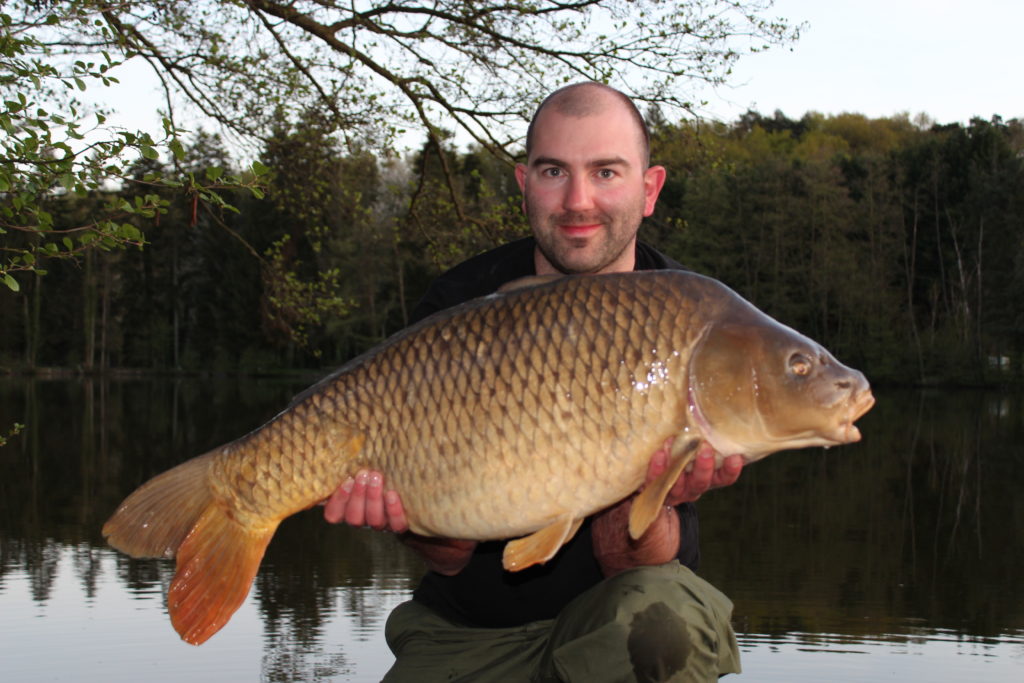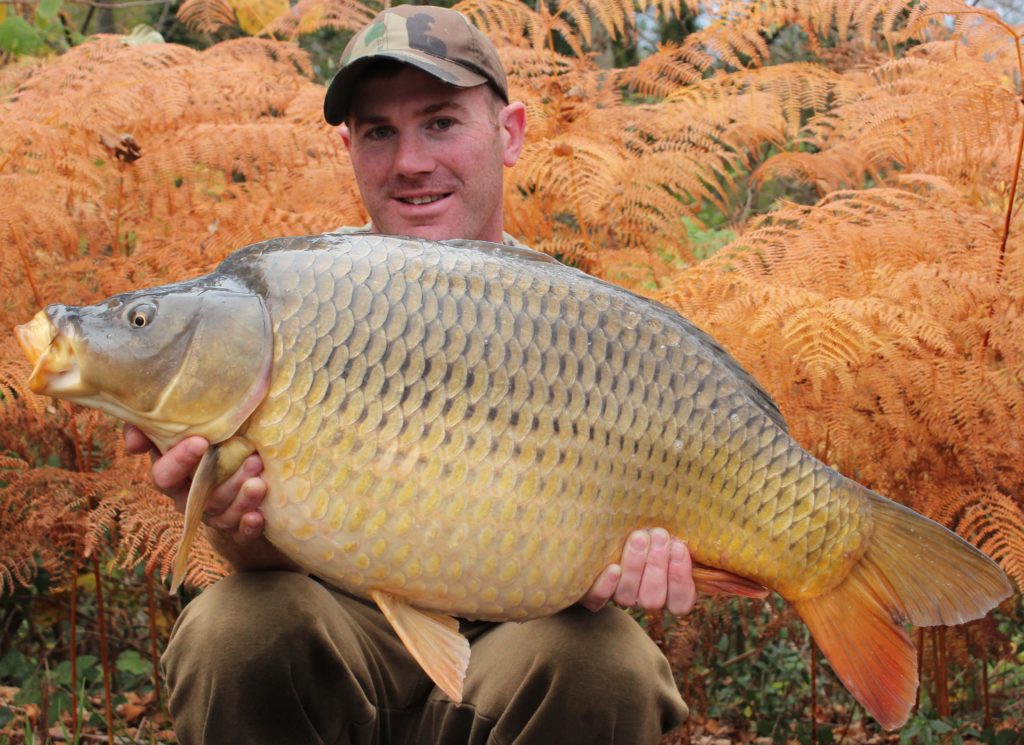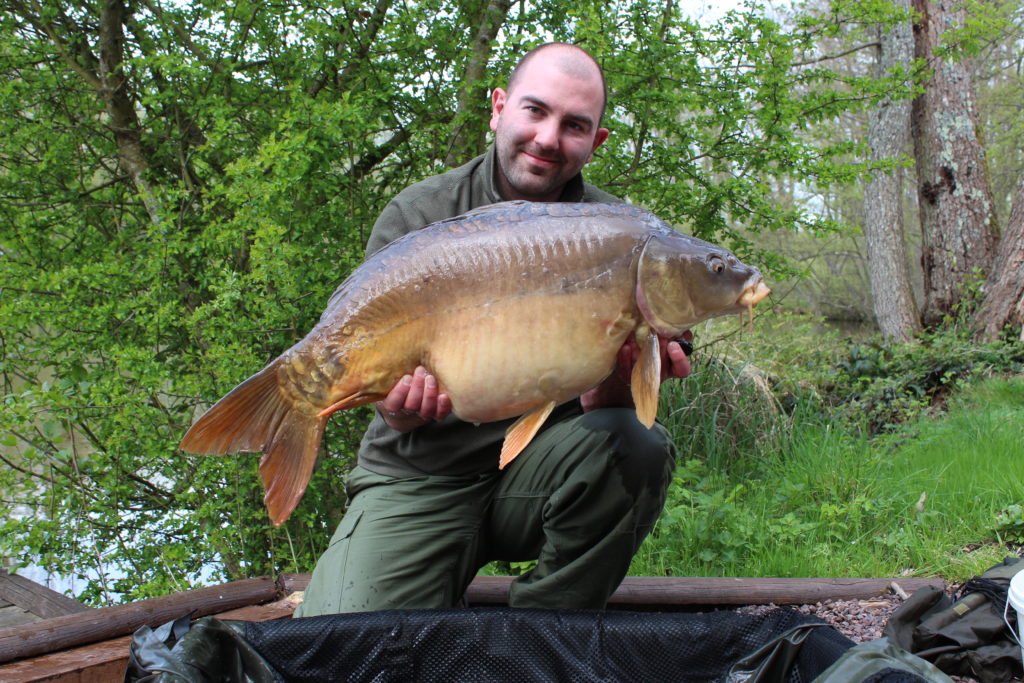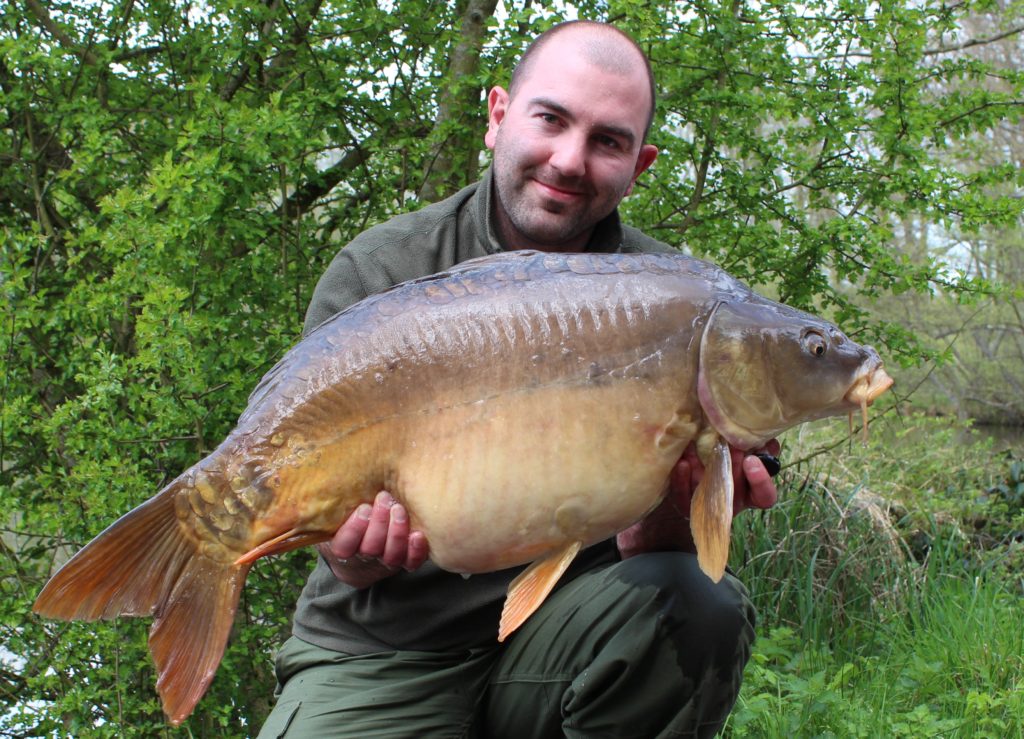In this new series of articles, Angling Lines field tester and photographer Mike Linstead provides a few tips and pointers to help with getting the best pictures from your carp fishing trip.
As carp anglers we often sit for days, if not weeks, waiting for an opportunity of landing that special fish.
For many people having the memory is often enough but, if you’re anything like me, I prefer to immortalise the moment with a photo, so that I have something to look back on in the future.
Any good carp angler will focus incredibly hard on getting everything right to ensure they catch the fish in the first place, but I often see catch pictures that make me wonder if much thought has been put into taking the best shot possible.

Now, before you brand me a photo snob, I’ve been guilty of doing this in the past myself and it’s because of that fact that I’ve worked on my photography skills over the last few years.
I will say at this point that I’m not a full time photographer (I wish!) and I’m certainly not an expert- far from it. Neither do I have unimaginably expensive kit either.
Most of my photography kit has been pieced together gradually over a few years, similar to how most of us build up our fishing gear.
There are just a few common sense rules I try to follow to ensure my kit has the best chance possible of getting a good shot.
Preparation is everything
I’ve been very fortunate to have received some formal training by some excellent photographers in recent years and much of what they advise has absolutely nothing to do with kit, it’s all about the preparation.
In fact one of them had a saying that has stuck with me:
“The best camera in the world is the one in your hand when the moment takes place.”
That motto has struck a bit of a chord with me ever since, as sometimes there isn’t the opportunity to take a flashy camera with you so you have to know what to do with whatever camera you have at the time.
You can achieve some breathtaking shots with a smart phone, just as you can take some dreadful ones with even the most expensive of cameras.
Being prepared to take a shot is the key and this can take a bit of time to think about in advance. But, if there’s one thing we carp anglers have got at our disposal during a trip, it’s time!
Location, location, location
Taking a picture is much like creating a piece of artwork and it’s no coincidence that the best shots are often those that have been well thought through.
By far and away one of the most important factors in achieving a good capture shot is the setting in which it takes place.
You could catch the most impressive carp in the world, but if the backdrop and surroundings are rubbish then you’ve missed the chance to really make the picture shine.
It’s important therefore to try and identify a likely location where you could get the best pictures, if and when you land a fish.
Very often I’ll spend a few minutes at the beginning of a session identifying an area and looking at the suitability of the backdrop, ensuring there is nothing in the background that might affect the shot.
Things to look out for are fence posts that may end up looking like they stick out of your head or whether there is a car parked in the background. These can really clutter up your shot and take the focus away from what your intending to capture.

Matt Linstead with a stunning French autumn common carp.
Using the backdrop to your advantage can amplify the mood of your picture. The shot above was on an autumn filming trip for Angling Lines with my Brother Matt.
The banks of this particular water had some stunning flame red bracken, which we felt was the perfect backdrop, should we bag one in this spot. Matt went on to catch this stunning 28lb common, which is by no means one of his biggest fish, but certainly one of his favourite pictures.
Using the colours of the backdrop to complement the stunning colours of the common is what I feel gives this picture that little extra bit of magic.
Framing your shot
Framing your shot correctly is another crucial element of getting a great picture. It’s really simple to do but also really simple to get wrong as well.
In the excitement of landing a fish it’s really easy to rush the pictures and realise once the fish has been returned that your pictures haven’t quite turned out the way you’d planned.
The important thing to remember when taking a shot is to leave some space around the subject (I.e. you and the fish) so that you can crop in later if required. Most cameras on the market nowadays have sufficient resolution to mean that the quality of the shot won’t be hindered by cropping the picture more closely once it’s been taken.
Remember you can’t expand an image out once it’s taken so give yourself that extra bit of room to work with.
Having a image with the top of your head chopped off by the framing looks a bit scruffy in my opinion, as does cutting off parts of the fins or tail of the fish on a shot, so bear those points in mind.
Framing a shot can also mean considering if you want to be in the centre of the image or whether there is something else you can add to the image.

I sometimes frame the shot so that I’m slightly to the side, if I feel that including more of the setting would add to the finished image. The shot above is of a fish I stalked from Vaux on my last trip and I felt the backdrop was really atmospheric so framed the shot to include a touch more than I normally would. As a result it’s one of my own favourite capture shots.
Less is more
Removing clutter in the shot is also vital.
Whilst it’s important to have water buckets, unhooking mats and carp care items close by when handling a fish on the bank, I would advise on making sure these aren’t seen in the finished picture.
I’m in no way advocating removing any of these items, just make sure they are close enough to be there when you need them, but not visible when the shutter clicks.
The two pictures below illustrate the point.
The top picture is the original image I took (note the self take remote in my left hand) with a good size ‘frame’ around both myself and the fish.
You can see the safety equipment, unhooking mat, retention sling and water bucket are all to hand but leaving enough space around the main focus of the shot enabled me to crop the image once I got home so that all of the clutter was removed and the second image below was achieved.

The original shot, with unhooking mat, sling and water bucket in view.

Same shot, cropped to remove the ‘clutter’ from the image. Framing a shot correctly helps to achieve a cleaner final image.
There are many other topics to consider when trying to improve capture shots and in further articles I’ll explore elements such as self-take shots vs. trusting someone else and also take a brief look into lighting a shot, both at day and during the night.
For now though, I hope those points are helpful and I look forward to seeing a lot more of your stunning captures shots on the Angling Lines website soon.
Mike
You can find more of Mike’s articles here and follow him on twitter here @UTSurfaceMike

How’s it going. Nice bit of bokeh in the Vaux photo, do you use prime lenses for your fish pictures?
Hi Andy
I’m good thanks. Thank you, it’s a very memorable shot for a number of reasons but also I’m pleased with the end product.
Yes it’s shot on a Canon 50mm f2.8 prime, I think at around f4.5 with plenty of space in the background between me and the nearest back drop. I’ve been getting used to this lens for a while but I’m starting to become more familiar with it.
Mike